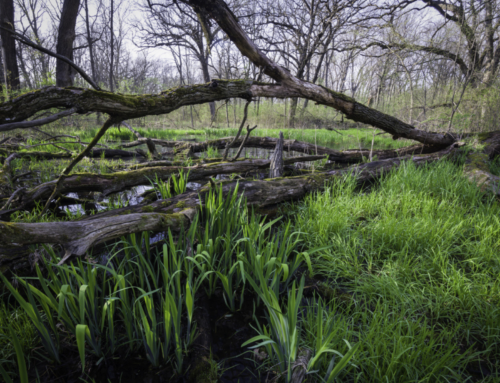Clean Water Fund Board
c/o Kari Dolan, Manager
Clean Water Initiative Program
Agency of Natural Resources
Dear members of the Clean Water Fund Board:
The Connecticut River Watershed Council encourages you to ensure that state funding for Clean Water is directed to the Connecticut River watershed, which represents 53% of Vermont. The watershed – including tributary rivers from Canaan, VT in the north to the Whetstone Brook in Brattleboro – is the largest source of fresh water entering Long Island Sound (LIS), which is impaired for nitrogen and is subject to an U.S. EPA cleanup plan (TMDL).
With that as background, CRC is concerned that the September 8, 2015 draft fund allocation priorities will not help address the impaired waters in the eastern part of our state. For example, the first recommendation in Table 2 under Agriculture calls for using $600,000 in FY 17 for “matching USDA funds in Lake Champlain Basin as a first priority and projects outside of LCB as second priority.” Based on our 4 years of experience with managing NRCS funded projects and the usually high costs of those projects, the reality is that there will not be any money left over for the second priority. We are very concerned that this wording will force state agencies to fund lower ranking projects in LCB, and higher ranking projects in other parts of the State will go unfunded. We encourage you to eliminate these draft priorities and instead focus on funding the highest ranking projects presented to you, no matter where their geographic location.
In addition, item 6 in Table 2 under Agriculture calls for $485,000 in FY 17 to be used only in LCB and item 14 provides $500,000 “to assist municipalities in compliance with Lake Champlain phosphorus TMDL.” In summary there are three specific earmarks for LCB totaling more than $1.5 million. By comparison there are zero mentions of or references to any other watershed in the entire State in these draft priorities. As a result, we fear that little to no funding from the State of Vermont will be directed to making clean water improvements in the Connecticut River watershed. This is especially troubling given that the U.S. EPA has required nitrogen reduction plans as part of all NPDES permits that renew in the CT River watershed.
We encourage the Board to remove all references to specific watersheds in Table 2. We strongly believe that the priorities as defined in Table 1 are sufficient guidance for state agencies to ensure the highest quality projects receive funding. We further believe that the “Geographic equity” priority in Table 1 is a far better approach than earmarking funds in Table 2.
Thank you for the chance to comment on these draft priorities. Appropriate changes will ensure that all of Vermont can enjoy cleaner water, and will mean a great deal to health of the Connecticut River and Long Island Sound.
David Deen, Upper Valley River Steward, Saxtons River, VT
Ron Rhodes, North Country River Steward, Pomfret, VT
Connecticut River Watershed Council







